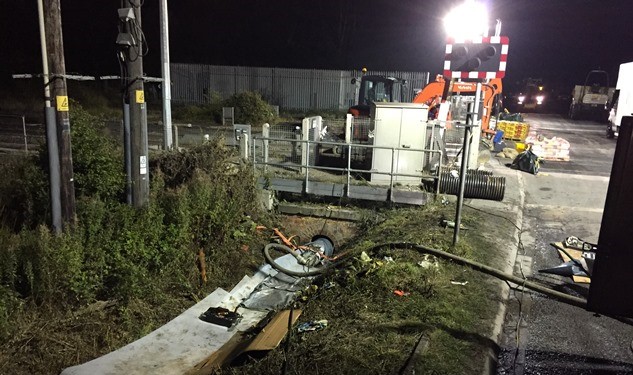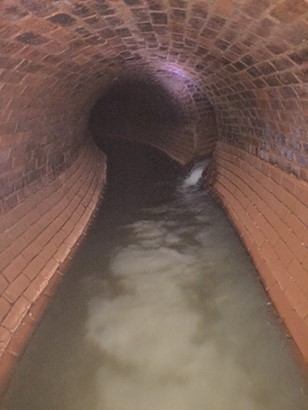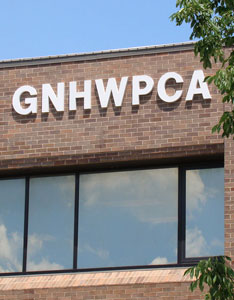Construction Alerts
GNHWPCA Pipe Lining Program

Cured in Place Pipe (CIPP) lining is a proven trenchless rehabilitation process used to repair existing pipelines. Benefits include:
- pipes can be rehabilitated without digging up the existing pipe or disrupting roads, driveways, sidewalks or landscaping
- lining is less expensive than replacing the pipe
- it allows for increased sewer flow capacity
- the process can be completed in one to three days
Notices will be provided to residences and establishments in advance of any sewer lining work on their street. Notices will be provided by the GNHWPCA's contractor both 10 days prior to and 24 hours prior to the conduct of the expected work. Click the links on the right to see a sample of the 10-day and 24-hour notices.
The lining process involves installing a resin-saturated felt tube into an existing sewer pipe, that is inflated and hardened to create a new plastic pipe within the old pipe. During the process, a steam cloud coming from a vent stack at a manhole may be visible and occasionally there may be a "glue like" odor (styrene) during the curing process that will dissipate quickly when the process is complete. To prevent odors from entering your home, all residents that receive a notice should pour ½ gallon of water into all plumbing fixtures and floor drains, especially those in basements where they are not used on a regular basis. See attached link on the right "Styrene Odor Information Document" for more information on how to keep sewer gas and other vapors out of your home or building.
Prior to lining the existing sewer, crews clean the pipe using high pressure water hoses and video cameras to inspect the pipe condition. They may also conduct dye testing to confirm connections between buildings and sewers. As such, residents may see activities related to the sewer relining for several weeks leading up to the actual lining.



